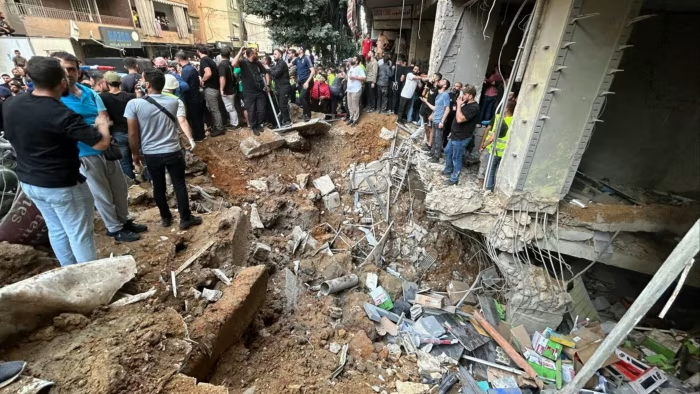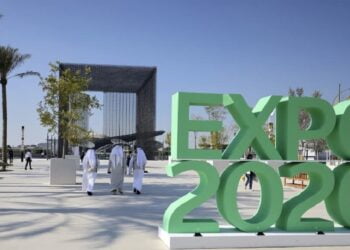Last Saturday marked a significant escalation in tensions between Hezbollah and Israel as an unmanned aerial vehicle (UAV), identified as an Elbit Systems Hermes 900 Kochav, was shot down by Hezbollah forces. Valued at around $10 million, the downing of the Hermes 900 underscores the growing sophistication and capabilities of non-state actors in the region.
The Hermes 900, Elbit’s largest drone, has been employed by various militaries worldwide, including the Israeli Air Force, Brazil, Colombia, Mexico, and reportedly Azerbaijan. Renowned for its endurance, the UAV can remain airborne for approximately 30 hours, making it a formidable asset for reconnaissance and surveillance missions.
In response to the UAV incident, the Israel Defense Forces (IDF) swiftly retaliated by striking targets in Baalbek, located deep within Lebanese territory along the border with Syria. Subsequent missile launches targeted areas including the Golan Heights, Kibbutz Manara, and Moshav Margaliot, heightening fears of further escalation between the two adversaries.
This recent flare-up follows a similar incident approximately a month and a half ago when an Israeli Air Force UAV was downed by Hezbollah within Lebanese territory. The IDF’s response included strikes on targets affiliated with the militant group in the Baalbek region, marking the first such action since the Second Lebanon War.
Baalbek, situated roughly 100 kilometers north of the Israel–Lebanon border, represents a significant escalation in the geographical scope of IDF operations. The decision to target Baalbek underscores Israel’s determination to respond forcefully to threats emanating from Lebanese territory, even if it means penetrating deeper into Lebanese airspace.
The ongoing tit-for-tat exchanges between Israel and Hezbollah have raised concerns over the potential for a wider conflict in the region. With both sides demonstrating a willingness to escalate, the situation remains precarious, threatening to unravel the fragile stability that has prevailed in southern Lebanon since the 2006 war.
Hezbollah’s Power
Hezbollah’s successful downing of the Hermes 900 highlights the group’s growing capabilities in asymmetric warfare. By deploying advanced anti-aircraft systems, Hezbollah has effectively challenged Israel’s air superiority, posing a significant threat to its military operations in the region.
The repercussions of this latest incident extend beyond the immediate military confrontation, impacting diplomatic efforts to resolve the long-standing conflict between Israel and Lebanon. With tensions running high, the prospects for meaningful dialogue and de-escalation appear increasingly remote, further exacerbating the risk of a wider regional conflagration.
In response to the escalating violence, international stakeholders have called for restraint and renewed efforts to defuse tensions through dialogue and diplomacy. However, the entrenched animosity between Israel and Hezbollah, fueled by decades of conflict and mutual distrust, presents formidable obstacles to any peaceful resolution.
As the situation continues to unfold, the specter of renewed hostilities looms large over the volatile region, raising concerns about the potential for a full-scale conflict with devastating consequences for all parties involved. Unless urgent steps are taken to address the underlying grievances and pursue a path towards peace, the cycle of violence and retaliation is likely to persist, further destabilizing an already turbulent region.








